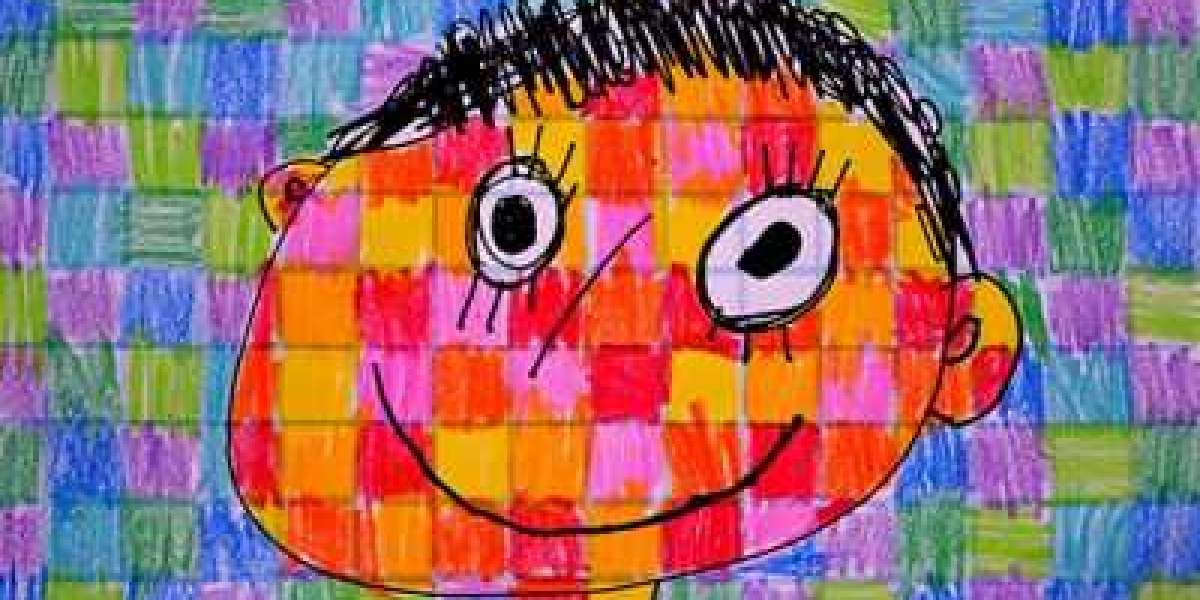Comics and storyboards offer a powerful way to teach these skills, combining visual storytelling with written expression. With the right guidance, students can explore new ways of thinking and communicating. At Art4myroom, we’ve developed a comprehensive approach for teachers to integrate comics and storyboards into their art lesson plans, fostering both artistic and narrative abilities in the classroom.
Why Use Comics and Storyboards to Teach Narrative Skills?
Visual and Textual Blend: Comics combine imagery with concise text, making them accessible for students of various literacy levels.
Sequential Storytelling: Learning to tell stories through sequences enhance logical thinking and plot development.
Emotional Expression: Students learn to express emotions through art, body language, and visual cues, deepening their emotional intelligence.
Engagement and Creativity: This lesson plans for teachers helps the students naturally engage with comics, which encourages them to be imaginative and take risks in their storytelling.
Step-by-Step Art Lesson Plan: Building Narrative Skills through Comics
Introduction to Comics and Storyboards
Objective: Introduce students to the basics of comics and storyboarding.
Materials: Printed comic examples, blank paper, rulers, and markers.
Activity:
Show comic strips and analyze how images and text work together.
Discuss narrative elements (characters, setting, conflict, resolution).
Introduce the concept of storyboarding as a tool for planning narratives in movies, animation, and comics.
Pro Tip for Teachers: Create a classroom display of students’ favorite comics to spark excitement and inspire their projects.
Brainstorming a Story Idea
Objective: Help students develop a story idea for their comic or storyboard.
Materials: Brainstorming sheets, graphic organizers.
Activity:
Use prompts like, “What would happen if you woke up with superpowers?” or “What if animals could talk for a day?”
Encourage students to map out their story using a beginning, middle, and end framework.
Emphasize character development and how emotions drive the story forward.
Designing Characters and Story Settings
Objective: Develop characters and visual elements that match the story’s theme.
Materials: Drawing paper, colored pencils, and markers.
Activity:
Guide students to sketch their characters, including details like facial expressions and clothing.
Have students illustrate the setting, showing how it changes throughout the story.
Discuss how color can reflect mood—e.g., bright colors for happiness, darker tones for tension.
Teacher Tip: Allow students to experiment with exaggerated emotions and expressions, a technique often used in comic art.
Creating a Storyboard: From Sketch to Sequence
Objective: Teach students how to plan their stories visually through panels.
Materials: Blank storyboard templates, pencils, erasers.
Activity:
Instruct students to break their story into key scenes, each fitting into a panel.
Discuss the importance of pacing—how quickly or slowly the story progresses across panels.
Introduce visual storytelling techniques such as zoom-ins, speech bubbles, and sound effects.
Finalizing the Comic Strip or Storyboard
Objective: Complete the comic or storyboard and share it with the class.
Materials: Final art paper, inking pens, markers, or digital drawing tools (if available).
Activity:
Students refine their work by adding color and detail to each panel.
Encourage them to write concise text for dialogue and narration.
Have students present their work to peers, explaining their story and creative choices.
Teacher Tip: Incorporate peer reviews—students can exchange feedback on storytelling clarity and visual impact.
Reflecting on the Creative Process
Objective: Help students reflect on their learning experience and narrative growth.
Materials: Reflection worksheets, class discussion.
Activity:
Ask students to share what they enjoyed most and what challenges they faced.
Facilitate a discussion on how storytelling techniques learned through comics can be applied to other forms of writing, such as essays or creative fiction.
Learning Outcomes
By the end of these art lessons for teachers, students will have:
Developed narrative structure skills, including character creation, conflict, and resolution.
Improved their ability to express emotions through both visual and written elements.
Learned to sequence events logically, enhancing their storytelling and critical thinking skills.
Gained confidence in combining art and writing to create unique comics or storyboards.
Final Thoughts
Developing narrative skills through comics and storyboards brings together the best of art and writing, making learning fun and engaging. Whether students are budding artists or future storytellers, this approach offers them a chance to explore their creativity in unique ways. At Art4myroom, we believe that art is not just about creating beautiful images—it’s also a way to tell meaningful stories. By incorporating these lesson plans into your classroom, you’ll help students unlock their creative potential and become more confident communicators.
The other service provided by Art4myroom is art lessons ideas for teachers






